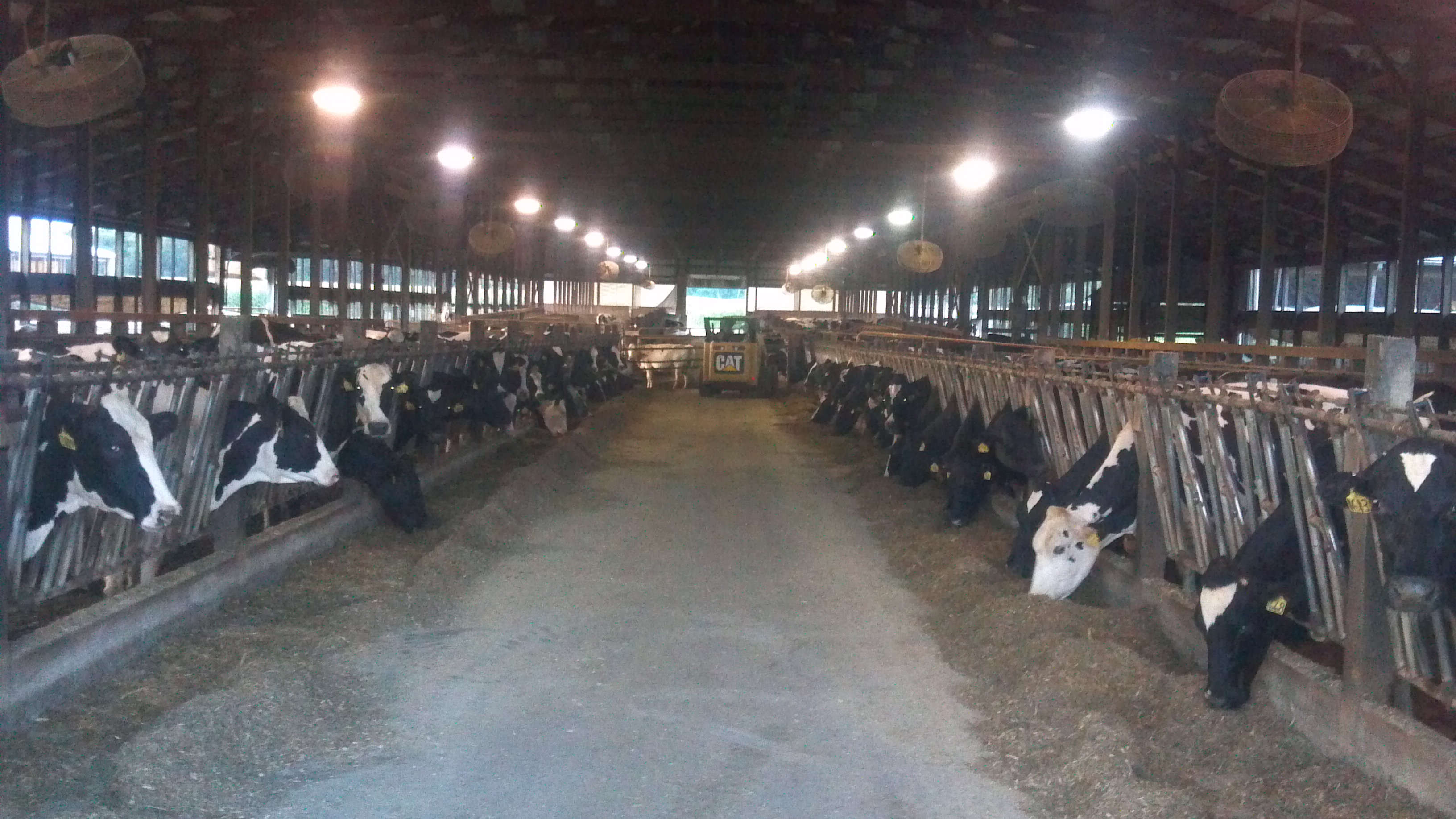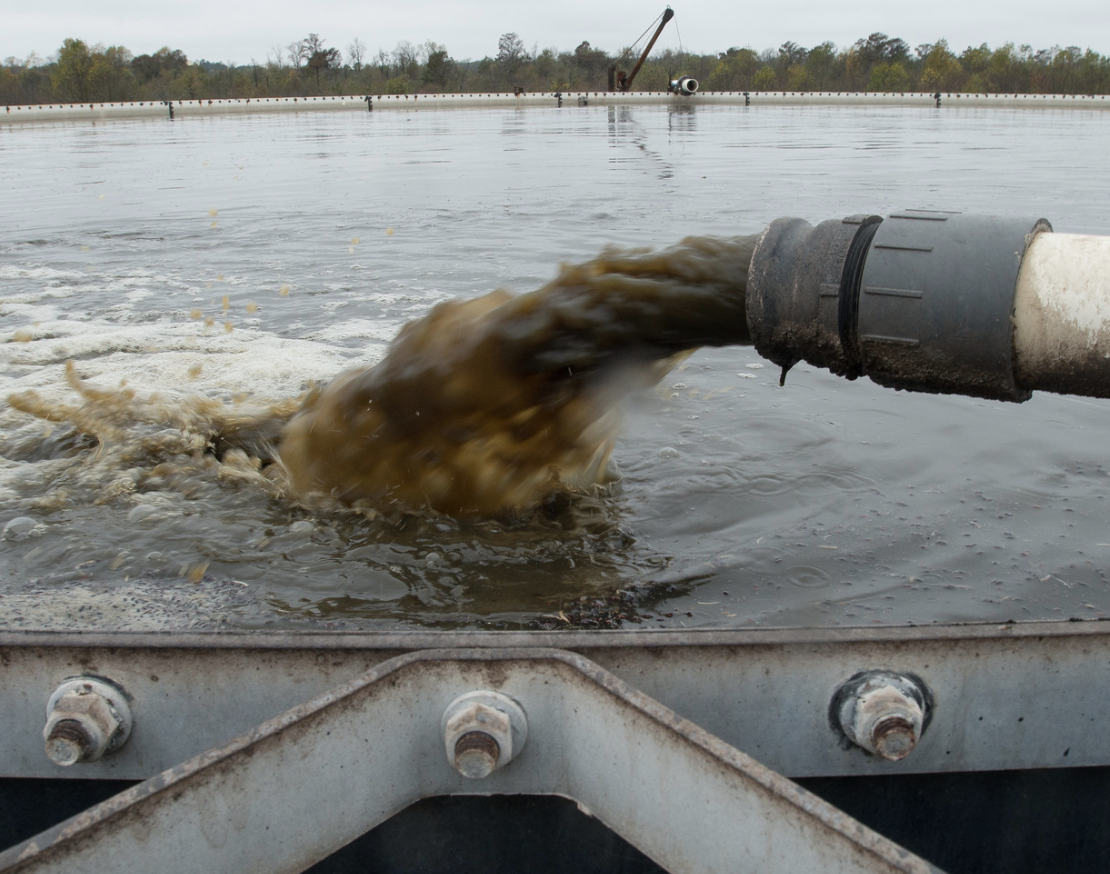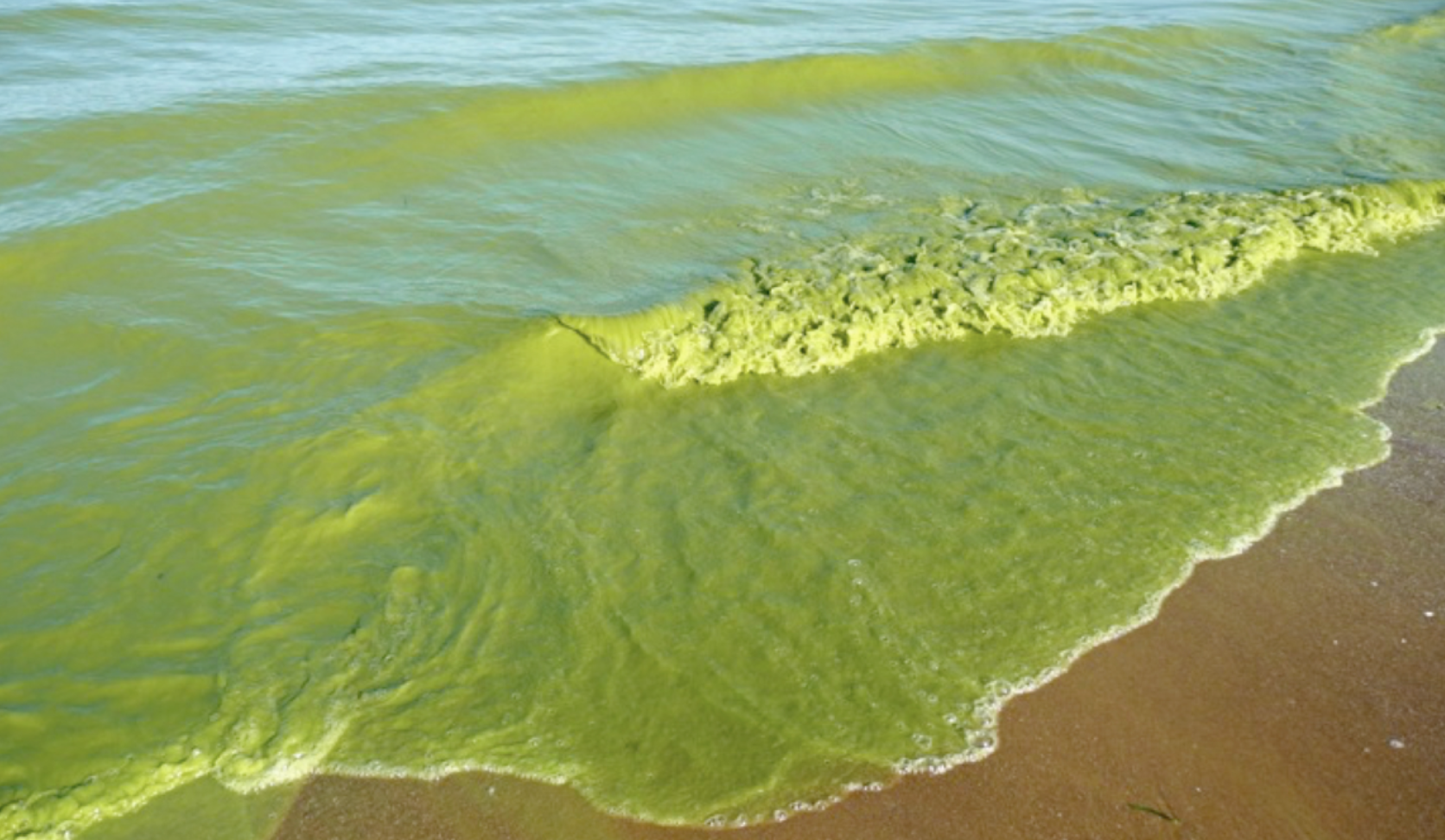Wisconsin’s Polluted Waterways
Nearly half of Wisconsin’s waterways are federally listed as impaired due to mercury, nitrates, phosphorus, and total suspended solids pollution. Mercury, a neurotoxin, harms the nervous system and can lead to cognitive dysfunction and kidney damage, while nitrates can lead to cancers, “blue baby syndrome,” and other serious problems, especially in infants and pregnant women. In fact, nearly 100,000 Wisconsin households have dangerous amounts of nitrates in their tap water. Phosphorus pollution can trigger unchecked algal blooms, jeopardizing public health, reducing recreational opportunities, and costing $4 billion per year in reduced fishing revenues and lakefront property values across the country. To make things worse, a lot of our water also contains high levels of bacteria like E. coli, causing bouts of gastrointestinal illnesses as well as potentially deadly infections. Many Wisconsinites in Kewaunee County cannot even drink the water from their own wells.
The Source of the Pollution
Factory farms and concentrated animal feeding operations (CAFOs) are the main culprits responsible for most of this toxic water pollution. These aren’t just normal family farms — they are industrial-sized livestock operations run by large agribusiness firms that confine massive numbers of animals in close quarters and often inhumane conditions. The Wisconsin DNR defines CAFOs as an operation with 1000 or more "animal units" (roughly the equivalent of 700 milking and dry cows or 100,000 laying chickens).

Due to their size, CAFOs generate enormous amounts of fecal waste. According to the Wisconsin DNR, one dairy cow produces about as much waste as 23 people. That means that one 2,000-cow dairy operation can produce more organic waste as the city of Greenfield, WI (pop. 36,720). And there are more than 300 CAFOs across Wisconsin, generating massive quantities of untreated waste that need to go somewhere.
Unfortunately, a lot of it ends up in our water. While CAFO owners attempt to collect the manure in giant vats, these often leak or overflow during storms. In 2013, Wisconsin CAFOs spilled over 1 million gallons of manure. But even when there aren’t any spills, CAFOs spread this excessive manure over fields, which runs off into downstream rivers and lakes — contaminating drinking wells and killing wildlife. There’s just too much manure for the state to handle. In fact, Wisconsin dairy cows produce more than 55 billion pounds of manure a year. And the number of CAFOs in Wisconsin keeps growing, which poses grave danger to the state’s public health.
More than half of wells in Kewaunee County tested positive for fecal bacteria, mostly tied to the county’s 14 CAFOs. And 42 percent of wells tested positive in Iowa, Grant, and Lafayette Counties. Some residents cannot even drink the water from their own wells because of the health risks.
The excess nutrients from all of this manure also fuels toxic blue-green algae blooms that create deadzones in the water, killing fish and other species. These blooms also harm human health — exposure can result in dermatitis, gastrointestinal problems, neurologic effects, and even organ damage. Some dogs have even died after swimming in these contaminated waters.
 CAFOs are harmful for Wisconsin for other reasons too. They can cause neighboring property values to decline due to the increased odor, flies, and traffic. They also drain taxpayer money through subsidies that keep their operating costs artificially low — driving out Wisconsin’s smaller family farms that have been the backbone of Wisconsin for generations. Because they keep animals in such close quarters and filthy conditions, CAFOs are also breeding grounds for disease — so owners must flood the animals with antibiotics, which leads to antibiotic resistance that harms human health too. In fact, roughly 80 percent of antibiotics purchased in the U.S. are fed to livestock to accelerate growth and prevent disease in healthy animals.
CAFOs are harmful for Wisconsin for other reasons too. They can cause neighboring property values to decline due to the increased odor, flies, and traffic. They also drain taxpayer money through subsidies that keep their operating costs artificially low — driving out Wisconsin’s smaller family farms that have been the backbone of Wisconsin for generations. Because they keep animals in such close quarters and filthy conditions, CAFOs are also breeding grounds for disease — so owners must flood the animals with antibiotics, which leads to antibiotic resistance that harms human health too. In fact, roughly 80 percent of antibiotics purchased in the U.S. are fed to livestock to accelerate growth and prevent disease in healthy animals.
In order to protect our precious water resources and our family farming tradition, Wisconsin must restore local control to Livestock Siting, increase waste spreading regulations in karst areas, and increase DNR water inspection and enforcement of factory farms. The Department of Agriculture Trade and Consumer Protection (DATCP) must implement science-based recommendations to reduce factory farm impacts outlined in the 2010 Livestock Rule review. Increased attention to air quality, public health impacts and quality of life for neighbors in the vicinity of CAFOs is also needed.
Volunteer with the Sierra Club to protect water quality and supply! Call (608) 256-0565 or email Heather Wittrock to join our Water Team!
